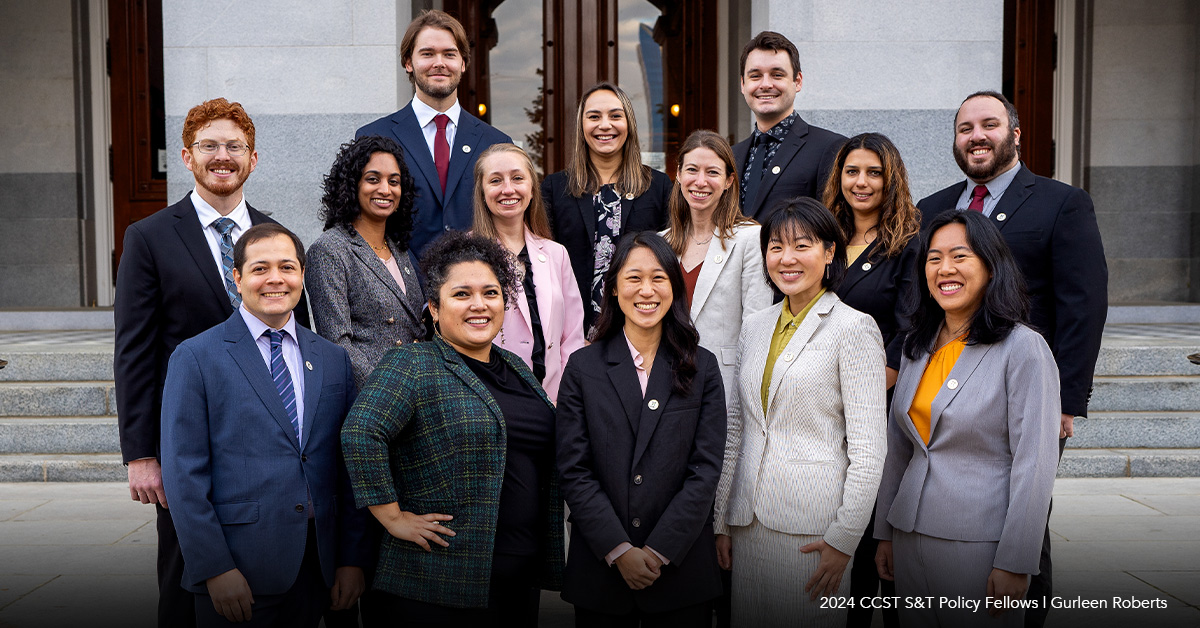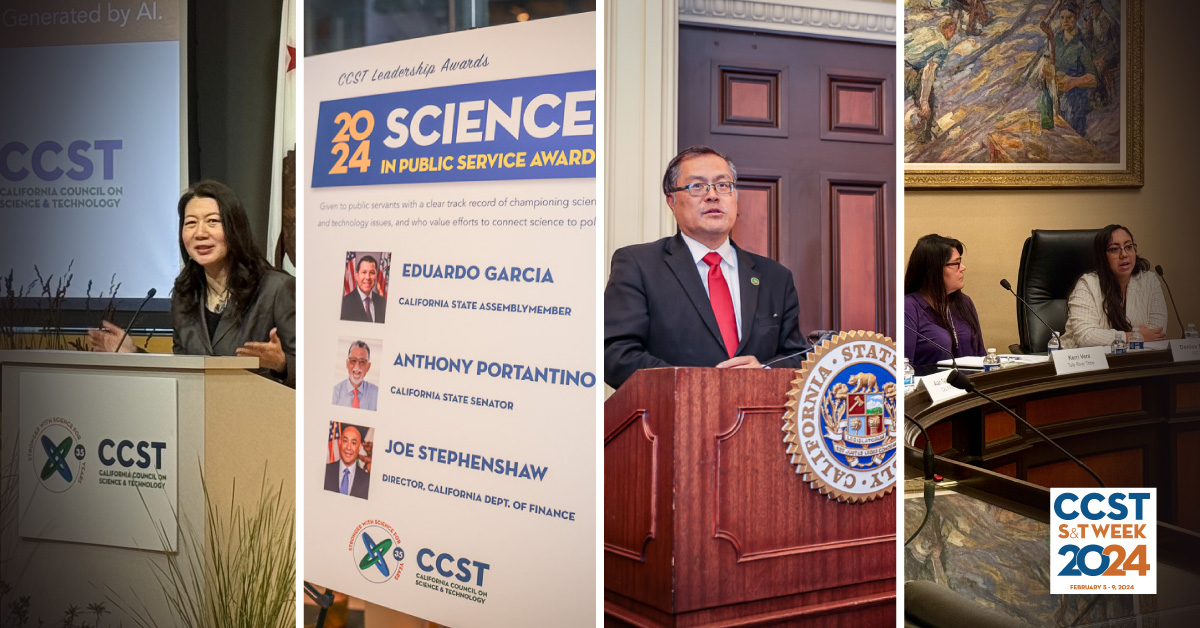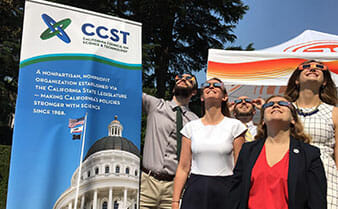Hispanic Community Responds To Rising Above the Gathering Storm
November 3, 2006 | California Science News | Contact: M. Daniel DeCillis
The National Academies report has galvanized states across the nation to develop strategies for addressing the shortcomings in the science and technology sector. However, the report has also resonated strongly with other groups, including the Hispanic community.
The Hispanic community represents California’s most rapidly growing population segment, but has long been underrepresented in science and technology fields. Hispanic students have lower high school completion rates than whites, and CCST’s 2002 report Critical Path Analysis of California’s Science and Technology Education System found that Hispanics comprised over 32% of the population, but only 10% of science and engineering baccalaureates granted in California.
“Hispanics have a serious shortfall in performing to their full potential,” said Jaime Oaxaca, chairman of The Oaxaca Group and former member of the National Science Board. “While great strides have been made in science, technology, engineering and mathematics – primarily due to volunteer organizations – much more will have to be done to increase the numbers of graduates, especially at the postgraduate levels.”
The Society of Hispanic Professional Engineers (SHPE) convened a group in Los Angeles that included industry and academic leaders who have worked to understand why some of the approaches being used in the Hispanic community to promote academic success and participation in the science and technology sector over the last 30 years have failed.
The Los Angeles group concluded that in order for Hispanics to contribute to the solution, SHPE must help create a new culture for the next generation in which Hispanic youths become aware of educational and career possibilities and are college-driven from a very young age. The priorities developed by the Los Angeles group are being considered by the national board of SHPE directors, which is seeking to develop a coordinated national response among its regional chapters.
“Finding a solution to this crisis is a huge undertaking,” said Mitchell Suarez, who led the SHPE Los Angeles group. “We will lead the charge in Los Angeles and set an example for the rest of the nation.”






